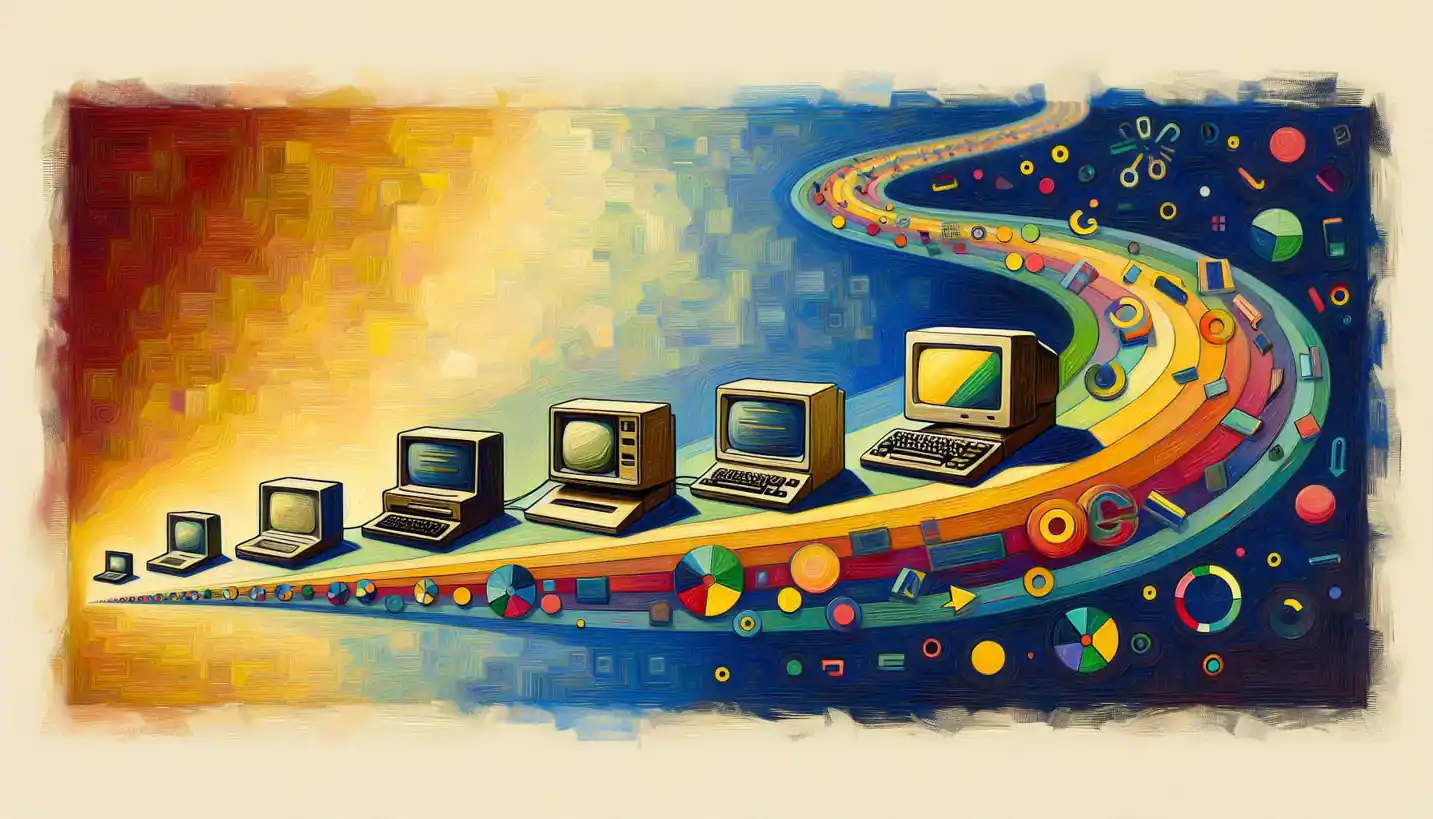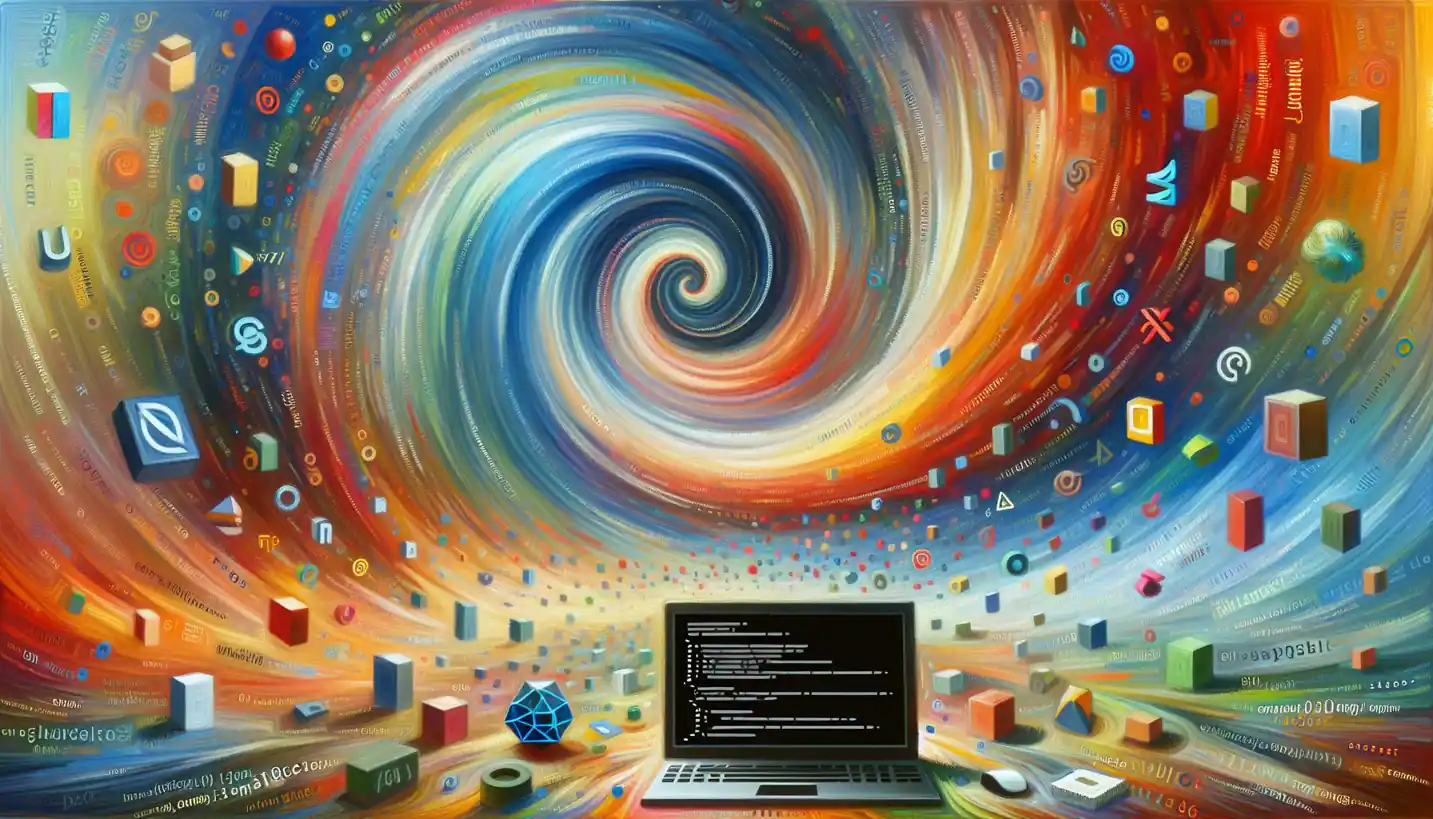· Computer Science · 4 min read
Control Unit: The Brain of the Computer
The control unit is like the brain of your computer, directing operations and ensuring everything runs in harmony. Discover how it manages the flow of data and instructions within your system.

Alright, let’s dive into the fascinating world of computer architecture by exploring the control unit, often considered the brain of the computer. You might be wondering why we call it that, so let’s break it down in a way that makes this technical marvel approachable.
What is a Control Unit?
Think of a control unit as the orchestra conductor guiding the symphony of operations inside a computer. Just like a conductor ensures each musician plays in harmony, the control unit directs the flow of data and instructions within the computer’s CPU (Central Processing Unit). It sends out control signals, deciding what each part of the computer should do and when to do it. Without this coordination, the computer’s operations would be chaotic, just like a symphony without a conductor.
How Does a Control Unit Work?
Imagine you’re baking a cake. The control unit is like your recipe book. It tells you when to mix the ingredients, when to bake, and when to decorate. Similarly, it reads instructions from memory, interprets them, and transforms them into signals that control other parts of the CPU.
This involves several steps:
- Fetch: The control unit retrieves the instruction from the computer’s memory.
- Decode: It then deciphers what the instruction means.
- Execute: Finally, it commands other components, like the Arithmetic Logic Unit (ALU), to carry out the instruction.
The efficiency of this process is critical. Just like missing a step in a recipe could lead to a kitchen disaster, any mistake in these steps could cause errors in processing.
The Evolution of Control Units
You might be curious about how control units evolved over time. In the early days of computing, control units were hardwired. This meant they were large, inflexible, and difficult to modify. Imagine trying to change a recipe where the ingredients are literally glued onto the page. Not an easy task, right?
As technology advanced, control units became more sophisticated and adaptable. Today, they’re often implemented using microprogramming, a more flexible method. This allows changes and updates to be made without needing a complete hardware overhaul.
Control Unit in the Von Neumann Architecture
Here’s a bit of history: the concept of the control unit is rooted in the Von Neumann architecture, a design framework for digital computers. Named after John von Neumann, this architecture describes a system where the CPU is connected to memory and input/output systems by a series of buses. The control unit is critical in this setup, managing instruction execution and ensuring everything runs smoothly.
Real-Life Examples
To help ground these concepts, let’s look at some real-world examples.
In cars, the engine control unit (ECU) serves a purpose similar to the control unit in a computer. It takes input from sensors around the car and decides how much fuel to inject or when to shift gears.
In robotics, control units are central to systems like a robotic arm in a factory. They dictate the arm’s movements, ensuring precision and coordination as it sorts or assembles parts.
The Future of Control Units
What could the future hold for control units? As technology continues to evolve, so do the possibilities. Control units may become even more intelligent and adaptive, harnessing advancements in AI and machine learning. This could lead to computers that are faster and more efficient, adjusting on-the-fly to changing conditions much like a real-time conductor with a heightened sense of awareness.
Modern day control units might explore quantum computing, a field that leverages the principles of quantum mechanics. This could drastically alter the structure and function of control units, pushing the boundaries of what current technology can achieve.
Why It Matters
You might wonder why understanding control units is important. Think of it this way: as our reliance on technology grows, so does the significance of making computers faster, more reliable, and more adaptable. Control units lie at the heart of these improvements. Grasping how they work gives us insight into the workings of most digital technologies we use daily, from smartphones to supercomputers.
So next time you reach for your phone or use a computer, take a moment to appreciate the complex orchestration happening beneath your fingertips. That invisible conductor, the control unit, is tirelessly working to ensure everything you do in the digital realm happens seamlessly and efficiently.
By understanding the crucial role of control units, we open the door to further innovations in technology. It’s a small piece of the computer puzzle, but one that has an enormous impact on our everyday lives and the future of technological development.
Control units truly are the unsung heroes of the computing world, essential to the digital age and bursting with potential for the years to come.



